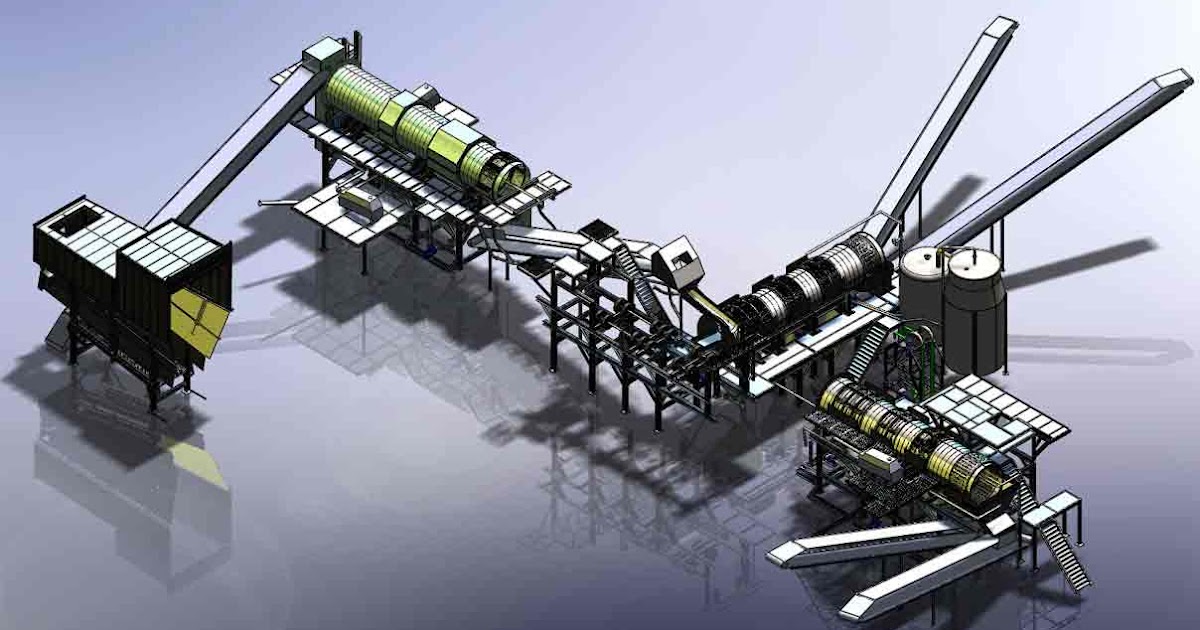Reverse engineering is the process of disassembling a product, system, or software to understand its design and functionality. This process can help companies discover how their competitors’ products work, improve their own products or repair and maintain existing systems. In this article, we will explore the applications of reverse engineering services and how they can benefit different industries.
Reverse Engineering Applications
Reverse engineering has numerous applications across various industries, including automotive, aerospace, manufacturing, product development, and intellectual property protection. By disassembling and analyzing products, systems, or software, companies can identify design flaws, improve their own products, and create replacement parts. Reverse engineering can also be used to protect intellectual property by identifying potential patent infringement and making improvements to products. Overall, reverse engineering services can help businesses unlock hidden potential and gain a competitive edge.
Automotive Industry
The automotive industry is one of the biggest beneficiaries of reverse engineering services. The process helps manufacturers understand how their competitors’ products work and improve their own designs. With reverse engineering, companies can disassemble and analyze the components of an automobile to identify areas for improvement, such as reducing weight or enhancing fuel efficiency. Reverse engineering can also help automakers create replacement parts for older models, which are no longer in production.
Aerospace Industry
The aerospace industry also benefits from reverse engineering services. In this industry, safety is of utmost importance, and reverse engineering can help manufacturers identify potential safety risks and improve their designs. Reverse engineering can also help aerospace companies create replacement parts for older aircraft models, which are no longer in production. Moreover, reverse engineering can be used to improve the performance of aircraft engines, making them more efficient and reliable.
Manufacturing Industry
Reverse engineering services can also be used in the manufacturing industry to help companies understand how their competitors’ products work and improve their own designs. With reverse engineering, manufacturers can identify design flaws in their products and make the necessary improvements. Reverse engineering can also be used to create digital models of physical products, which can be used for prototyping and manufacturing.
Product Development
Reverse engineering services can be used during the product development phase to improve the design and functionality of a product. With reverse engineering, designers can disassemble and analyze products to identify design flaws and make improvements. Reverse engineering can also be used to create digital models of products, which can be used for prototyping and testing.
Intellectual Property Protection
Reverse engineering can also be used for intellectual property protection. By reverse engineering a product, companies can identify potential patent infringement and take appropriate legal action. Moreover, reverse engineering can help companies protect their own intellectual property by identifying potential design flaws and making improvements to their products.
Conclusion
In conclusion, reverse engineering services have a wide range of applications and can benefit many different industries. By using reverse engineering, companies can improve their designs, identify potential safety risks, create replacement parts, and protect their intellectual property. If you are looking for a way to unlock hidden potential in your products or systems, consider using reverse engineering services.






